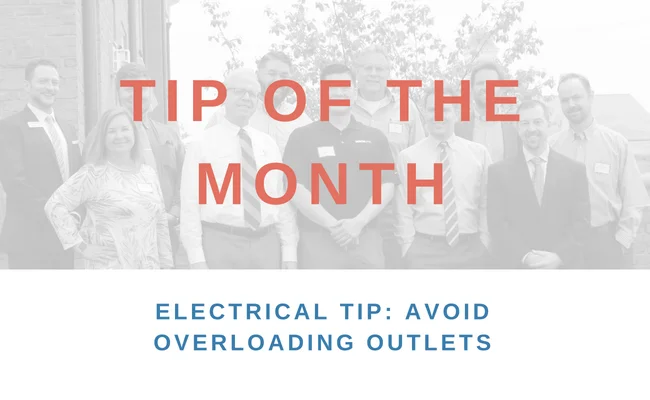Electrical Tip: Avoid Overloading Outlets
When it comes to electrical outlets, most of us probably know some safety tips:
- Don’t plug a power strip into another power strip.
- Unplug items when you’re done using them.
- Don’t leave a space heater plugged in.
These tips exist to make sure you don’t overload the electrical circuits and help reduce the risk of fire. But did you ever wonder exactly how much you can safely plug into an outlet?
Figuring out the answer involves a little math and it is helpful to know electricity is measured in volts, watts and amps. There are three pieces of information needed to figure out if your outlet can safely power everything you want to plug into it:
- The total number of watts you are planning to plug into the outlet (each device should list how many watts it uses).
- The outlet’s voltage (most general outlets have 120 volts).
- The amount of current, amps, produced by the circuit the outlet is connected to (there is a chance multiple outlets are tied to the same circuit, you can check your fuse box or circuit breaker find out).
Using these figures, you then divide the number of watts being plugged in by the number of volts in your outlet to find out how many amps you need to safely power everything. If the amp requirement is more than your outlet can provide (it’s recommended you only use 80% of the available current) then you should consider putting some items in another plug (one that is on a different circuit or fuse).
Now if you don’t want to take the time to figure out exactly how much can go into a plug – if you wonder, even for a moment, about whether you should plug a bunch of stuff into an outlet, stop and use more than one outlet.
Oh, and to be safe, if you’re plugging in a space heater this winter our electricians suggest you give it its own outlet as the heaters require A LOT of current. You can also call an electrician for help, the two on our team would be happy to help you out.

